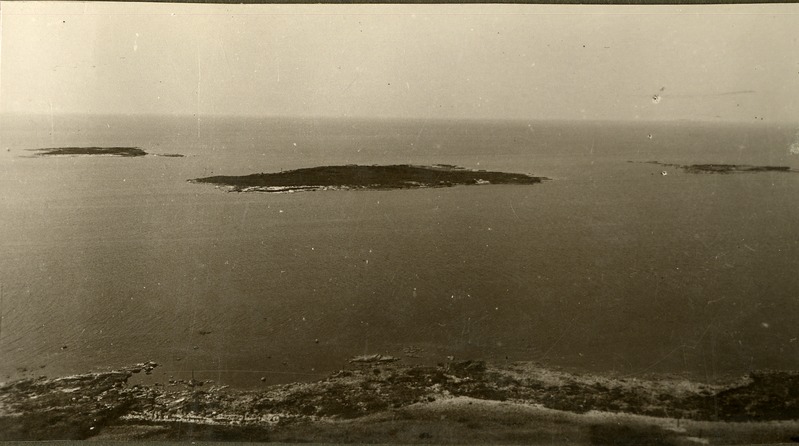On 14 August 1910, the Riga Society of Naturalists rented the Vaika Islands in West Saaremaa where they prohibited all disturbance to seafowl. This was made possible by Artur Toom, an ornithologist and the keeper of the Vilsandi lighthouse. The first nature reserve in Estonia was established.
In December 1935, the acting state elder Konstantin Päts signed the Nature Conservation Act and the State Parks Government coordinating nature conservation was founded. The State Parks Government soon evolved into the Institute of Nature Conservation and Tourism. At that time, the goal of developing tourism and nature conservation collectively at a national level was unprecedented in Europe. Today, Estonian nature attracts nature enthusiasts the same way it did back then. People from near and far arrive in Estonia to enjoy its untouched nature, a treasure we tend to take for granted.

Nature conservation activities that were temporarily halted due to World War II were resumed after the end of Stalin’s terror. In 1957, the Estonian SSR adopted a Nature Conservation Act on the initiative of Eerik Kumari. It was the first nature conservation law in the entire Soviet Union. Nature reserves were (re)established mainly in areas where nature conservation activities had been discontinued during the war. The establishment of nature reserves was seen as a kind of resistance movement against the Soviet Union: people realised that every protected area in Estonia was also protected from Soviet power. In 1971, the Lahemaa National Park was established. One of the secret incentives for establishing the nature reserve was the fear that otherwise, the open mining zone would extend all the way from Narva to Tallinn.
One of the most important responsibilities in nature conservation is ensuring the well-being of our bogs and raised bogs. Estonia is well ahead of other countries in the world in terms of understanding and protecting the value of bogs. The first wetland protection areas in Estonia were established in 1957. In the decade that followed, a national debate sparked off over whether bogs have value or they should be extensively drained during the agricultural revolution. Eventually, a decision was made: bogs were considered as valuable and a large number of bogs were saved from destruction. There are currently 1800 km2 of protected bogs in Estonia.
In addition to bogs and forests, we are also responsible for protecting heritage meadows: alvars, marches and wooded, bog and coastal meadows. Most heritage meadows were destroyed in Europe by the 1990s, yet they still existed in Estonia. By the end of the 1990s, it became clear that the greatest threat to our biodiversity was the loss of meadow species. For this reason, the state began restoring and maintaining heritage meadows in 2001. Currently, there are nearly 4000 km2 of heritage meadows in use in Estonia. Although we still have a lot to do to protect heritage meadows, it must be recognised how far we have already come: it is difficult to find a role model for Estonia since it is in the leading role in this field.
Estonia has successfully completed its largest nature conservation project of the century – the restoration of habitats in the Pärnu River. The most significant stage of this project was demolishing the Sindi Dam, which helped to restore over 3000 kilometres of migration routes in the Pärnu River basin.
Compared to other similar countries located north of 57°N, the biodiversity in Estonia is one of the highest in the world
See the full article in the August 2020 issue of Eesti Loodus (Estonian Nature), pp 16-20
Authors: Hanno Zingel, Taimo Aasma